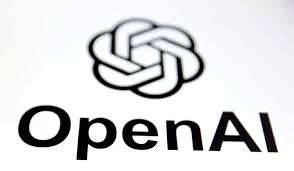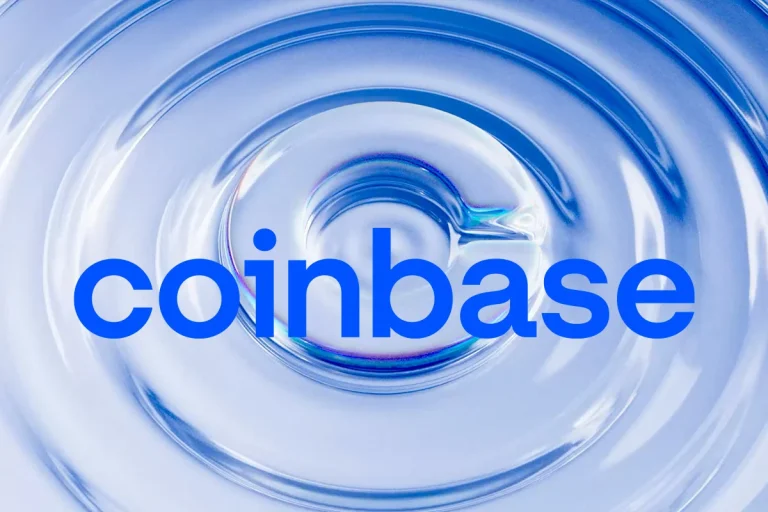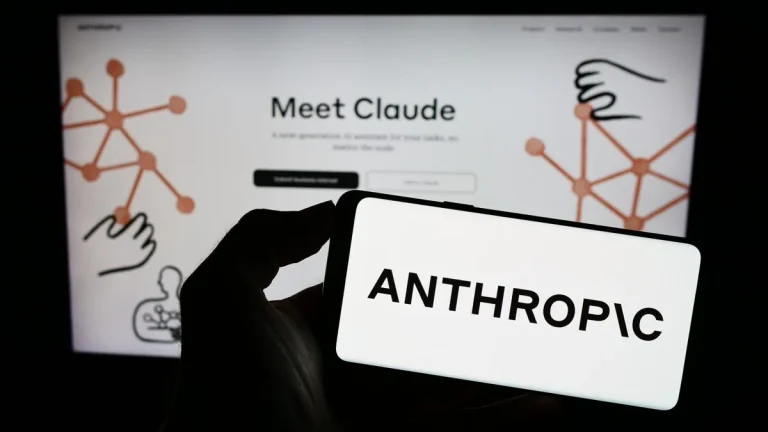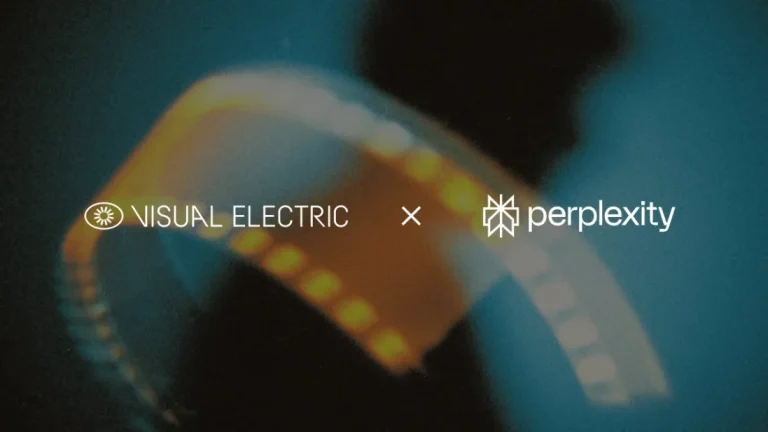
OpenAI’s latest venture into social media, the launch of its Sora app, has sparked internal debate among both current and former employees. Sora, a TikTok-style feed of AI-generated videos, prominently features deepfakes — including those of CEO Sam Altman — and is raising questions about how closely the app aligns with OpenAI’s nonprofit mission to develop AI that benefits humanity. Several researchers took to X (formerly Twitter) to express concern and ambivalence about the app’s release, citing both excitement over the technology and unease about its societal impact.
John Hallman, a researcher at OpenAI, acknowledged his discomfort with AI-based feeds, though he praised the team’s effort to design a positive experience. Harvard professor and OpenAI researcher Boaz Barak echoed the mixed sentiment, calling Sora 2 technically impressive but warning against premature celebration, given the well-known dangers of addictive social media algorithms and deepfakes.
Former researcher Rohan Pandey used the occasion to promote Periodic Labs, a new startup composed of ex-AI lab scientists focused on scientific discovery over entertainment. Their stance highlights a growing divide within the AI research community between profit-driven consumer apps and more altruistic scientific goals.
The Sora launch once again underscores the tension at OpenAI’s core: a company that operates both as a cutting-edge AI lab with a nonprofit mission and as a fast-growing tech business with consumer-facing products. While CEO Sam Altman defended the app’s purpose — partly as a revenue generator to fund research into Artificial General Intelligence (AGI) — critics worry it could divert focus from the company’s stated mission. Altman suggested that showcasing cool new products like Sora can help both public engagement and company funding, but he also acknowledged the risks tied to social media design.
OpenAI has tried to address concerns by designing Sora to avoid the addictive patterns of traditional feeds. It claims the app isn’t optimized for endless scrolling and instead focuses on creativity, with features like usage reminders and content from known contacts. However, early user reports suggest engagement-maximizing elements — such as dynamic emojis when liking videos — could still lead to similar behavioral patterns seen on apps like TikTok and Instagram Reels.
As regulatory scrutiny grows and OpenAI continues its shift toward a for-profit model, questions remain: Can OpenAI balance commercial growth with its mission-driven values? And at what point does the pursuit of viral success in consumer tech undermine the company’s original purpose? With Sora still in its infancy, the long-term impact remains uncertain — but the debate it has ignited speaks to broader challenges in the AI industry today.






